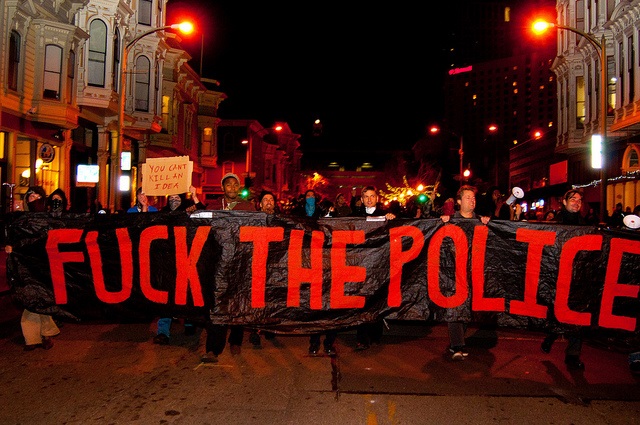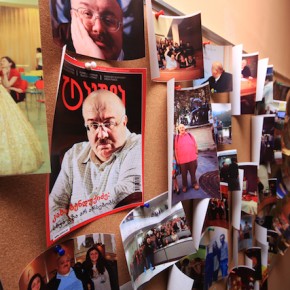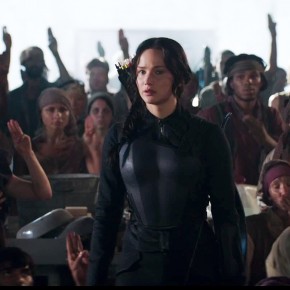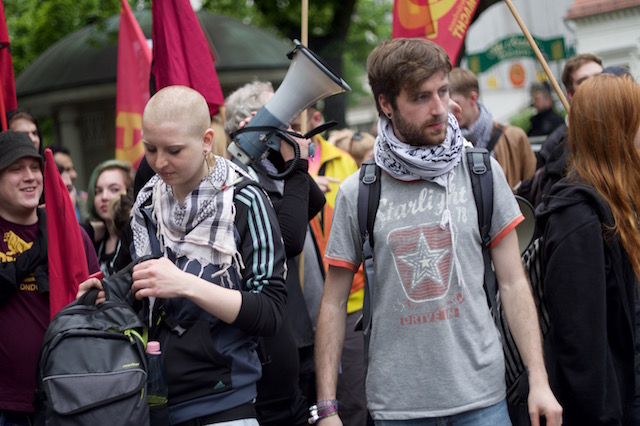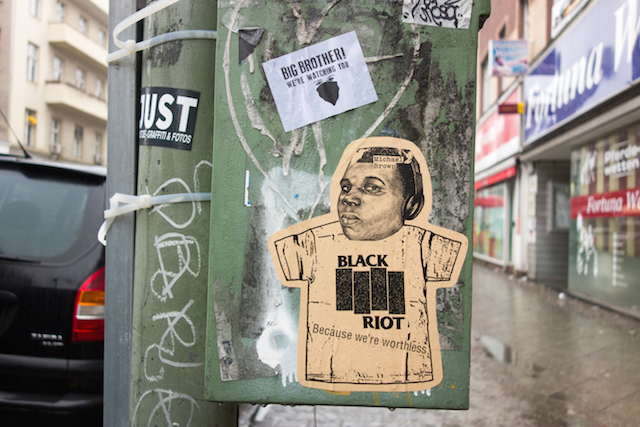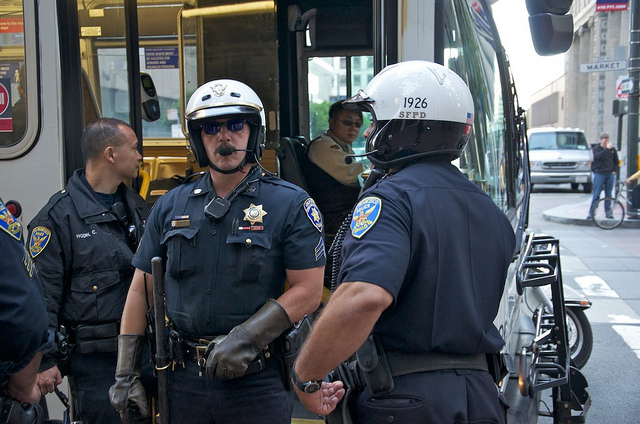The upcoming biopic Selma stirred minor controversy earlier this month when a trailer showed Dr. King’s supporters getting beat down to the tune of Public Enemy’s Say it Like it Really Is. The decision was criticized for attempting to make the story too modern, with the charge that a period soundtrack would have been more appropriate. These responses completely miss the point.
Selma used Public Enemy as opposed to say, Duke Ellington, or Elvis Presley, precisely because those artists would have reduced the film to a museum piece. The seemingly jarring use of hip-hop alongside the march simultaneously expresses the anti-establishment push of Selma, and contextualizes it as ongoing. The civil rights victories of the 1950s and 1960s were supposed to have been the harbinger of a much larger transformation that hasn’t occurred yet.
While rap music has become widely associated with sexism, marijuana, and hood rich conspicuous consumption, it certainly didn’t start out that way in the late 1970s and 1980s. Rap and hip-hop emerged at exactly the time that a civil rights stalemate became popularly apparent. The various gains of the 1960s were not sufficiently consolidated, and the hopes of a comprehensive War on Poverty had long collapsed, leading to a surge of inner-city violence and a sense of bitter desperation. It was spearheaded by the first generation to be raised in a Black America without Jim Crow laws, that was officially equal, but still affected by structural racism and intense economic disenfranchisement. This anger is what gave way to the artistic evolution of the Four Elements of Hip-Hop: deejaying, emceeing, breaking, and graffiti. Public Enemy led the charge with a string of hits including the protest anthem Fight the Power and the anti-militarist Black Steel in the Hour of Chaos.
The music was enraged at the status-quo, both in the continued racism and savage economics of the United States itself, and the inability of polemical civil rights giants like Al Sharpton and Jesse Jackson to substantively confront those realities. Public Enemy was not perfect, especially when it came to the portrayal of black women (as would later become absurdly clear in the reality show Flavor of Love.) Still, it became a super-group for the same reason that later outfits like N.W.A. were so popular in urban America. There was a break between the various promises of American life, and the supposed victories of the civil rights movement, and reality as it was being experienced in many cities like Detroit, Compton, and the St. Louis suburb of Ferguson, Missouri.
Protests have already begun in Ferguson in response to the refusal of a grand jury to indict Ferguson police officer Darren Wilson for the shooting death of Michael Brown. The grand jury’s decision is actually quite unusual according to Ben Casselman at FiveThirtyEight, given that indictments almost always happen. U.S. attorneys prosecuted 162 000 federal cases in 2010, and only 11 ended in a refusal to provide an indictment. The Michael Brown case is a little unique in that Missouri, like most states, allow for cases to be brought to a judge before a grand jury. Still, the grand jury indictment is usually just a formality, except in cases that involve police brutality. Cassselman found that “in Harris County, Texas, for example, grand juries haven’t indicted a Houston police officer since 2004; in Dallas, grand juries reviewed 81 shootings between 2008 and 2012 and returned just one indictment.” There is something going on here that doesn’t want to be discussed, and it is generating a new wave of black rage.
It is very likely that filmmakers and producers had Ferguson in mind when they included Public Enemy in the Selma trailer. After all, for all the victories of the civil rights movement, there are things that simply haven’t changed. Black kids getting shot by white cops in American cities. Pundits like former New York City mayor Rudy Giuliani issuing tired polemics about black-on-black crime and arguing that the dominantly white police wouldn’t be an occupying force in black neighborhoods “if you weren’t killing each other.” Cultural anxieties about “thug culture” have managed to continue a strain of racist discourse that dates back to Reconstruction. Public Enemy continues to be popular because the civil rights project is an unfinished one, and just like American racism goes on, so too does the spiritually and physically exhausting duty of confronting it. Why else have shots of Dr. King at Selma with the lyric, “But the revolution goes on and on / Still wide awake at 6 in the mornin'”?
Photograph courtesy of Glenn Halog. Published under a Creative Commons License.
